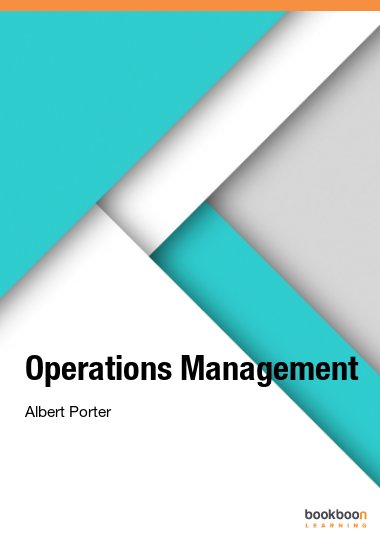Whether it is tangible or intangible production items the "Operations Management" book will guide you through concepts such as Supply Chain Management to LEAN, and much more. Surely all organizations will have to deal with these concepts sooner or later.

